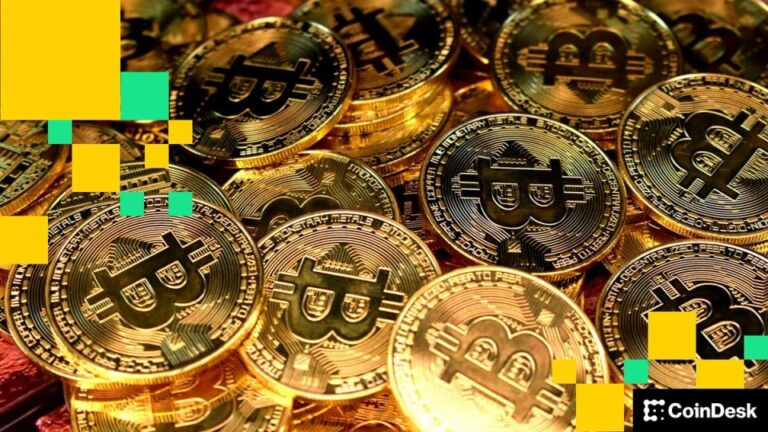Introduction to Ripple and XRP
Ripple Labs Inc. is a technology company that has garnered significant attention in the financial sector for its innovative approach to cross-border payments. At the heart of Ripple’s ecosystem is XRP, a digital currency designed to facilitate fast and cost-effective transactions. Unlike many cryptocurrencies that operate independently, XRP is closely tied to Ripple’s payment protocol, aiming to enhance the efficiency of international remittances and reduce transaction times from days to mere seconds. This relationship between Ripple and XRP has profound implications for the market performance of the cryptocurrency.
Market Adoption and Institutional Interest
Ripple’s strategic partnerships with various financial institutions have bolstered XRP’s market performance. Major banks and payment providers have started to adopt Ripple’s technology, recognizing the potential for lower transaction costs and improved liquidity. As more institutions integrate Ripple’s solutions, the demand for XRP increases as it serves as a bridge currency in these transactions. This growing institutional interest not only enhances the credibility of XRP but also contributes to its price stability and growth, attracting further investment from retail traders.
Regulatory Challenges and Legal Battles
Despite its successes, Ripple has faced significant regulatory challenges, particularly in the United States. The ongoing lawsuit filed by the Securities and Exchange Commission (SEC) against Ripple Labs has introduced volatility into the XRP market. The SEC’s classification of XRP as a security has raised concerns among investors, leading to price fluctuations and uncertainty about the future of the cryptocurrency. The outcome of this legal battle is likely to have lasting implications for XRP’s market performance, influencing investor confidence and regulatory clarity in the broader cryptocurrency space.
Technological Advancements and Network Upgrades
Ripple continuously innovates and enhances its technology, which plays a crucial role in XRP’s market performance. Upgrades to the RippleNet network and improvements in transaction speed and efficiency can attract more users and increase the utility of XRP. Additionally, initiatives like the introduction of new features or collaborations with decentralized finance (DeFi) projects can stimulate interest in XRP, driving demand and potentially boosting its price. As Ripple evolves, its ability to adapt to market needs will significantly impact XRP’s standing in the cryptocurrency market.
Market Sentiment and Speculation
The cryptocurrency market is notoriously influenced by sentiment and speculation. News regarding Ripple’s partnerships, regulatory developments, and technological advancements can lead to rapid changes in XRP’s price. Positive announcements often lead to bullish sentiments, resulting in a spike in demand, while negative news can have the opposite effect. The speculative nature of the cryptocurrency market means that XRP’s performance is often tied to the broader trends in digital assets, making it susceptible to market dynamics beyond Ripple’s control.
Conclusion: Ripple’s Role in Shaping XRP’s Future
Ripple’s influence on XRP’s market performance is multifaceted, encompassing aspects of adoption, regulatory challenges, technological advancements, and market sentiment. While the ongoing legal issues pose risks, the potential for increased adoption and integration into traditional financial systems cannot be overlooked. As Ripple continues to innovate and navigate the complexities of the regulatory landscape, its impact on XRP will likely remain significant, shaping the future of both the cryptocurrency and the broader financial ecosystem. Investors and stakeholders will need to stay informed about these developments to understand the implications for XRP’s market trajectory.

